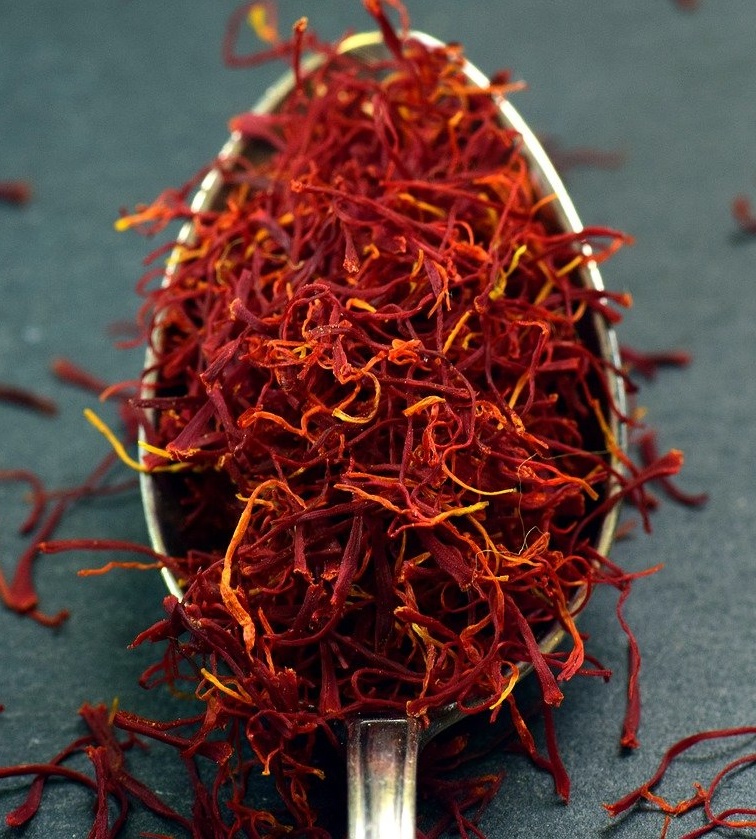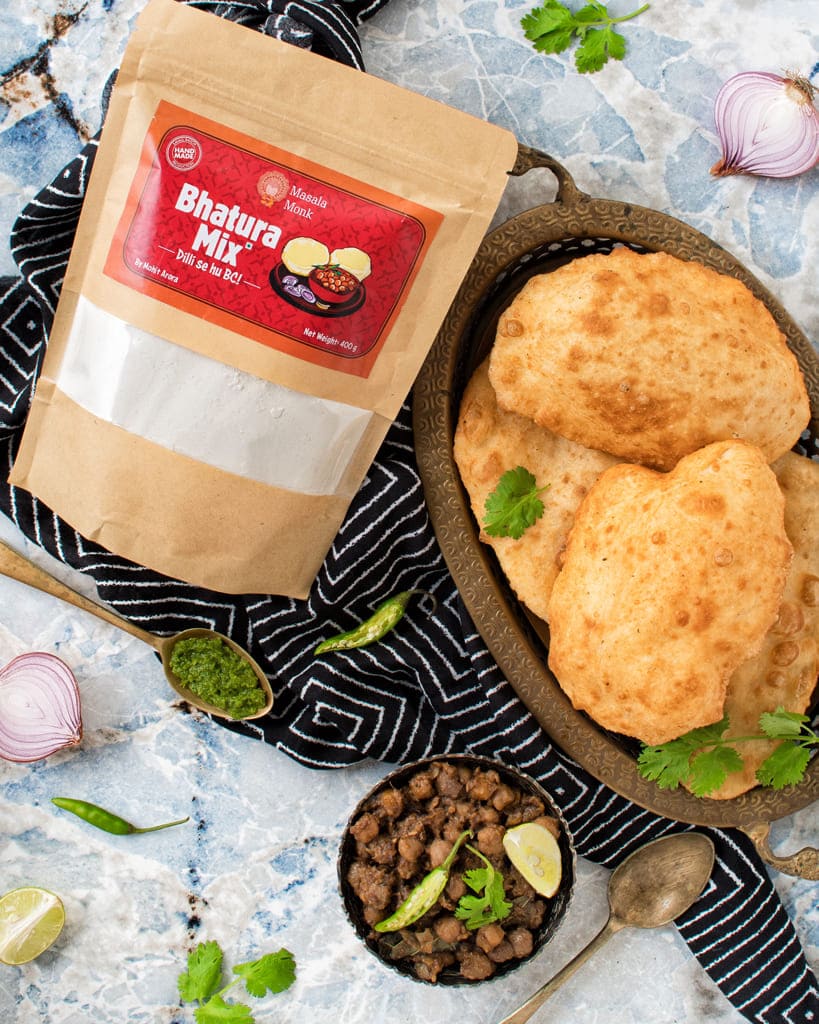
We’re about to embark on a thrilling journey to unravel the mystery of a spice that’s not only tantalizing our taste buds but is also a powerhouse of health benefits. 💪 Fasten your seatbelts and get ready to unlock the hidden secrets of a spice that can revolutionize your wellness routine. And if you’re eager to join an engaging community that celebrates food, wellness, and vibrant conversation, we invite you to become part of Eatlo. 🎉
Today, we’re turning the spotlight on the golden jewel of the spice world – Saffron. Derived from the flower of Crocus sativus, this royal spice does much more than lend an exotic flair to your culinary delights. Let’s explore why saffron, with its potent health benefits, deserves a special place in your kitchen and your life. 🌺
1. Ignite Your Passion 🔥: Saffron, nature’s love potion, is associated with enhanced sexual wellness. Potent compounds in saffron like safranal and crocin may have beneficial effects on sexual function. Some studies have suggested that saffron might help improve erectile function, increase libido, and boost overall sexual satisfaction, adding a spark to your romantic life. 💖
2. Banish the Blues 😊: Feeling low? Saffron might be just the mood elevator you need! The powerful compounds in saffron have been studied for their potential antidepressant effects. This golden spice has been associated with a positive impact on mood and may help combat symptoms of mild-to-moderate depression. So, saffron might not just spice up your dishes, but also brighten your day! ☀️
3. A Healthy Heart ❤️: Saffron is known for its strong antioxidant properties that can contribute to a healthy heart. By potentially reducing cholesterol levels and preventing blood vessels from clogging, saffron is a heart-friendly spice you may want to embrace.
4. Your Weight Loss Companion 🏃♀️: Can saffron help you in your weight loss journey? Possibly! Studies suggest that saffron might help suppress appetite and aid weight loss when combined with a balanced diet and regular physical activity.
So, how can you incorporate this ‘Red Gold’ into your daily routine?
🥛 The Magic of Saffron in Milk: Imagine sipping on a warm glass of milk, enhanced with the golden glow of saffron – sounds delightful, right? This traditional concoction is not just comforting, but it packs in the combined benefits of both milk and saffron. The calcium in milk promotes bone health, while saffron might aid in sleep quality, making it a perfect nightcap.
🍲 Spruce Up Your Meals: A pinch of saffron can add an earthy flavor and a beautiful color to a variety of dishes, from rice and soups to stews and baked goods.
🍵 Sip on Saffron Tea: Steep a few strands of saffron in hot water, add a bit of honey for sweetness and enjoy a soothing cup of saffron tea.
💊 Consider Supplements: Saffron is also available in supplement form, but remember, it’s crucial to consult with your healthcare provider before starting any supplement regimen.
Saffron, with its vibrant color, unique flavor, and a plethora of potential health benefits, is truly a treasure of nature. So, why not invite this magical spice into your life and embrace its wellness-boosting properties?
Remember to share your saffron-inspired culinary adventures and health stories with our vibrant community at Eatlo. Because food and wellness are best enjoyed when shared! 🥂
Blog Tags: Saffron, Wellness, Sexual Health, Mood Enhancement, Depression, Weight Loss, Heart Health, Saffron and Milk, Nutrition, Aphrodisiac, Healthy Diet, Exotic Spices, Mental Health, Healthy Living, Eatlo.













